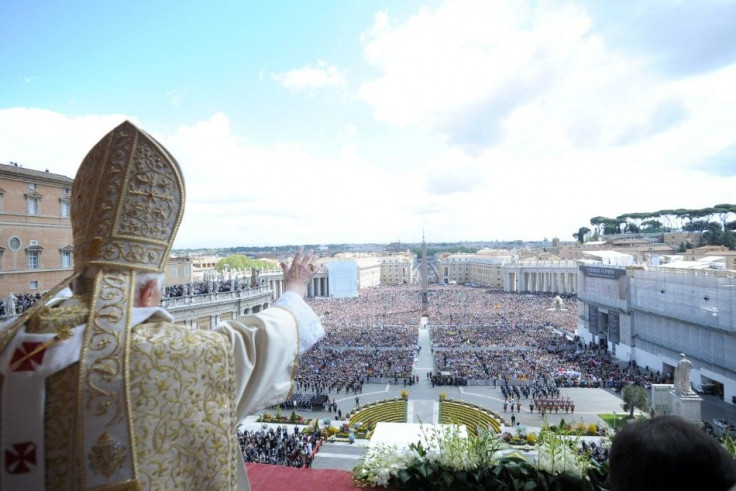Vatican To Tourists: Cash Only

Visiting the Vatican any time soon? You better bring cash. Deutsche Bank Italia, which had provided the Vatican with electronic payment services for some 15 years, said Thursday that the Bank of Italy ordered it to deactivate its terminals, effective Jan. 1.
Tourists and pilgrims visiting the world’s tiniest state over the New Year’s holiday were forced to pay for their museum tickets, souvenirs and other fees at the Vatican’s post office, pharmacy and shops by cash after the central bank blocked all electronic payments.
According to the Corriere della Sera newspaper, the central bank took the action because the Holy See (the episcopal jurisdiction of the Catholic Church in Rome) has yet to fully comply with European Union safeguards against money laundering.
Pope Benedict has promised more transparency in Vatican finances, including the operations of its bank, the Institute for Works of Religion, which has been implicated in money-laundering scandals in the past. Last year, experts from the Council of Europe claimed “the Holy See has come a long way in a very short period of time,” but they called on the Vatican to “strengthen its system of vigilance.” The Holy See was, thus, required to meet the EU safeguards by the start of 2013 -- something, it seems, that did not occur.
Vatican spokesman Federico Lombardi told Corriere della Sera that the suspension of bank card payments should be “short-lived,” but in the meantime, tourists will have to fork over cash for all services.
Tourism is a major money-maker for the city-state. According to official estimates, some five million tourists visited the Vatican museum last year and spent more than 91.3 million euros ($120 million) on tickets and souvenirs. The new cash-only policy came on the same day the museum hiked its full fare to 16 euros ($21).
A notice on the website for the museum, which includes Michelangelo’s Sistine Chapel and other masterpieces, apologized for any inconvenience, but it said it was “beyond [its] control.”
© Copyright IBTimes 2025. All rights reserved.






















